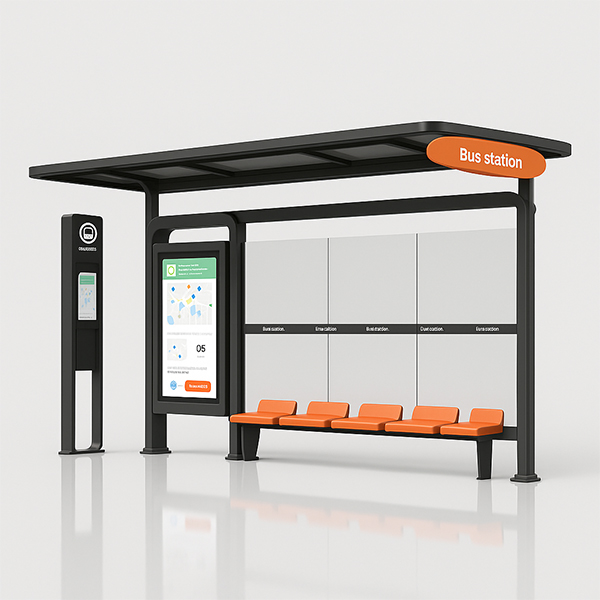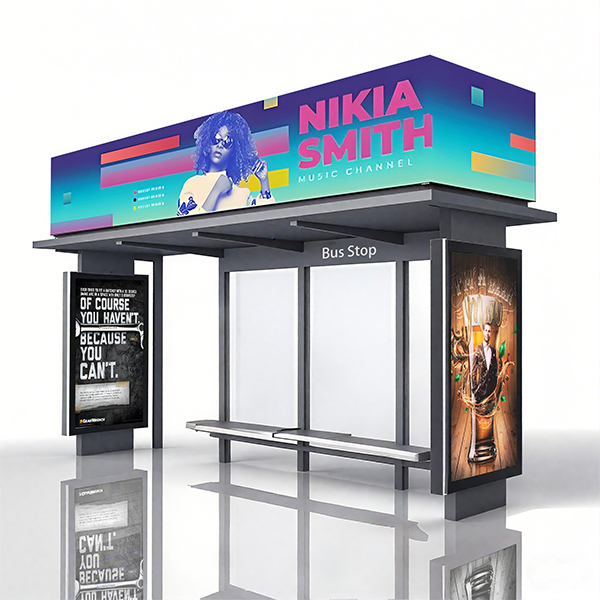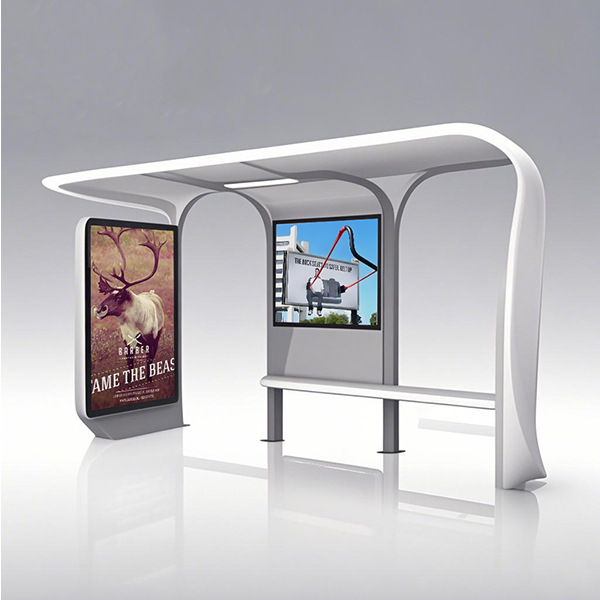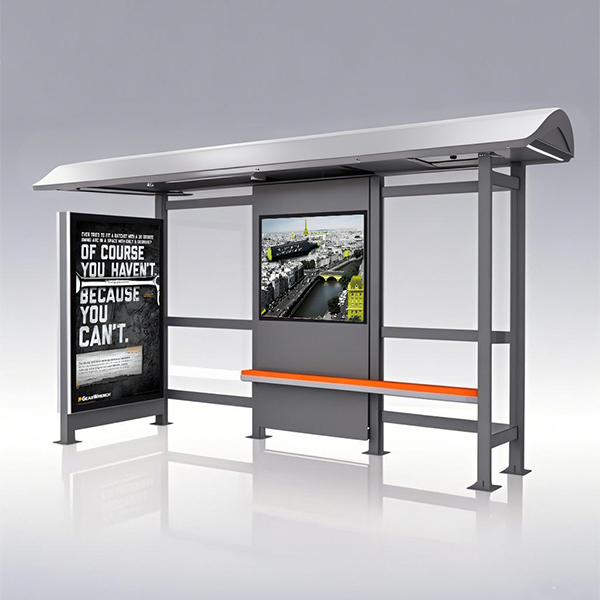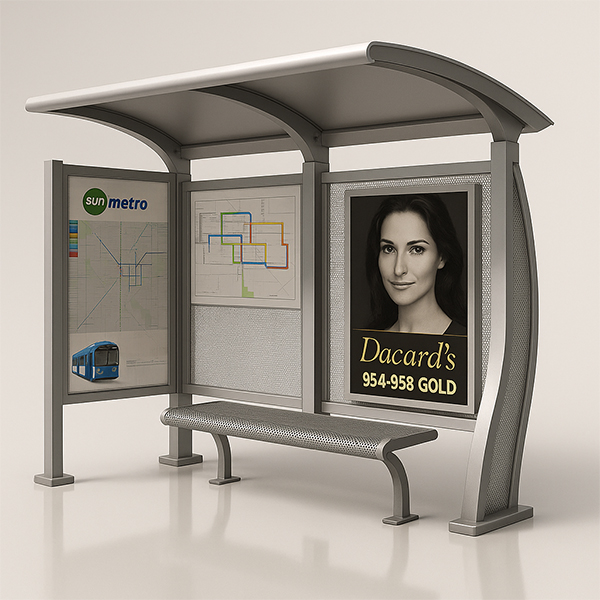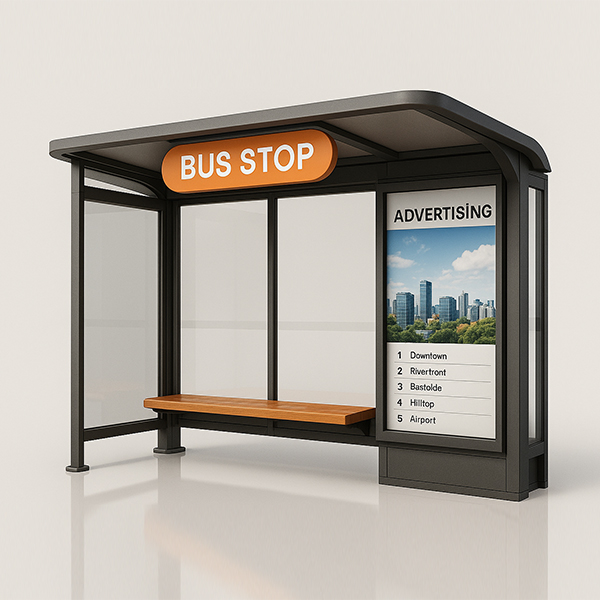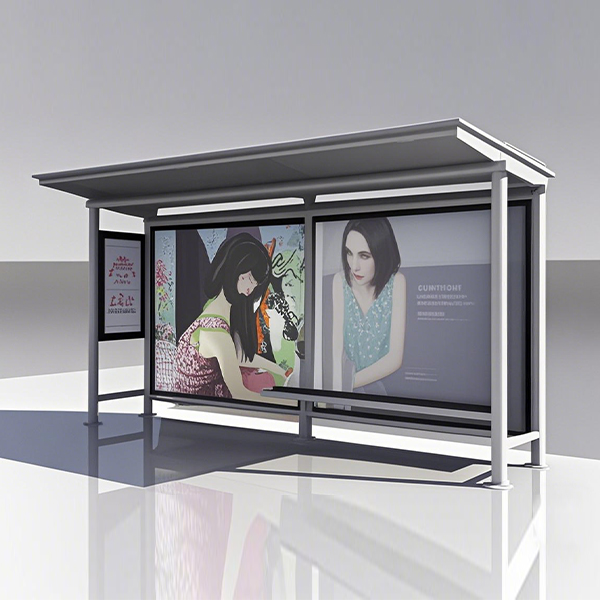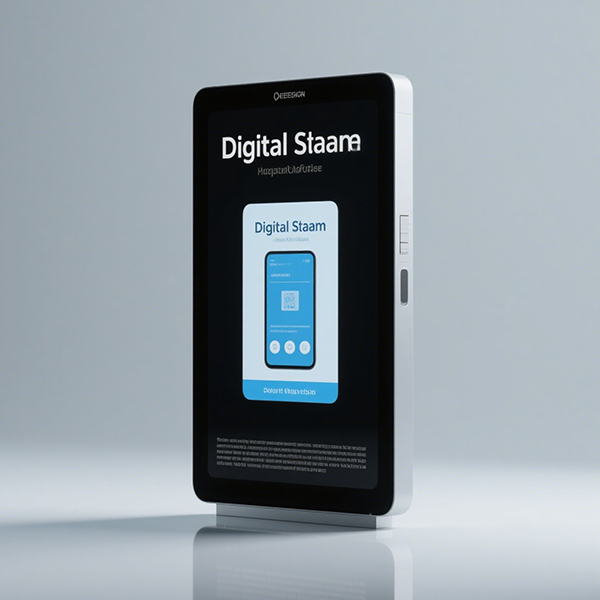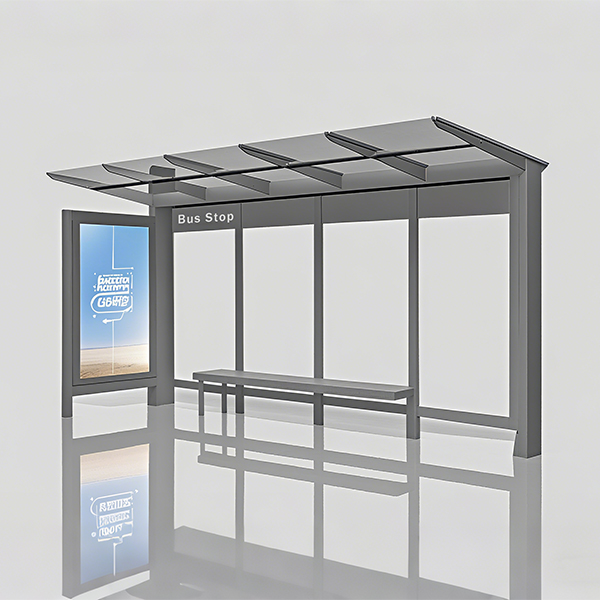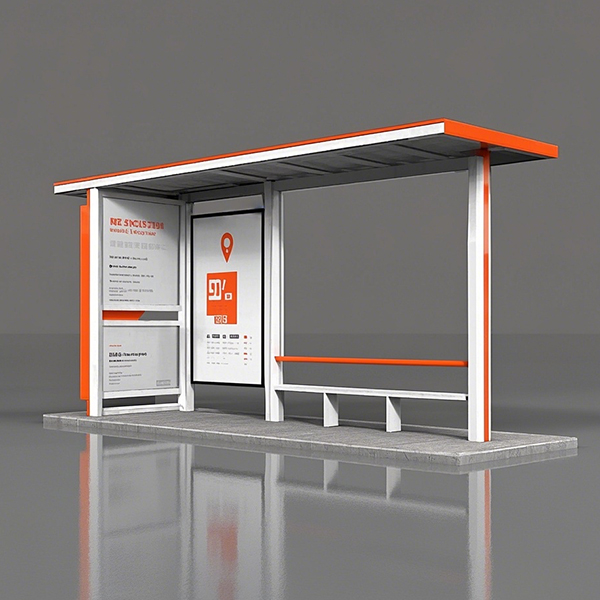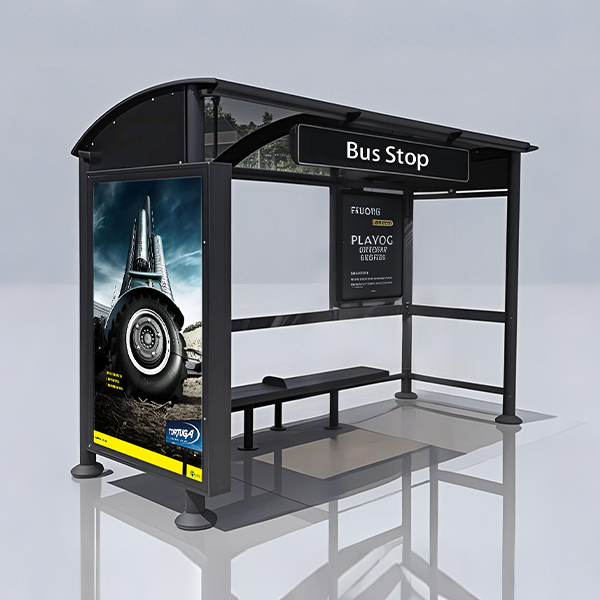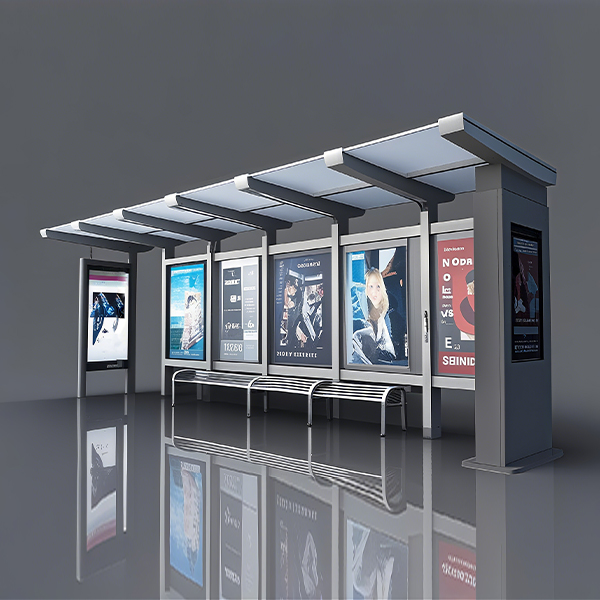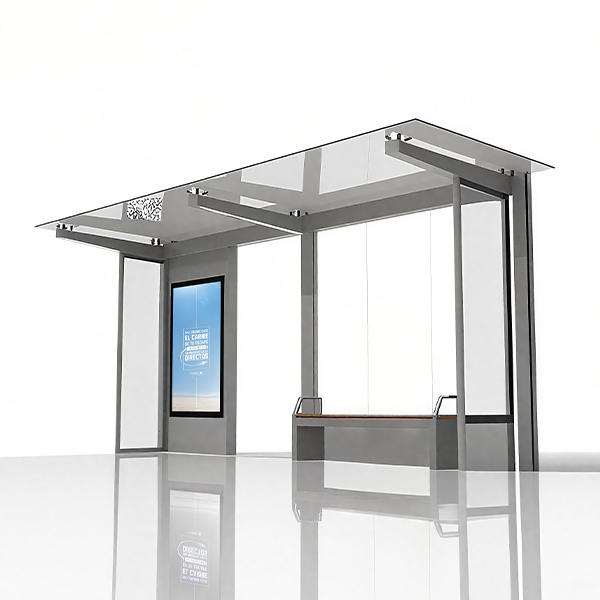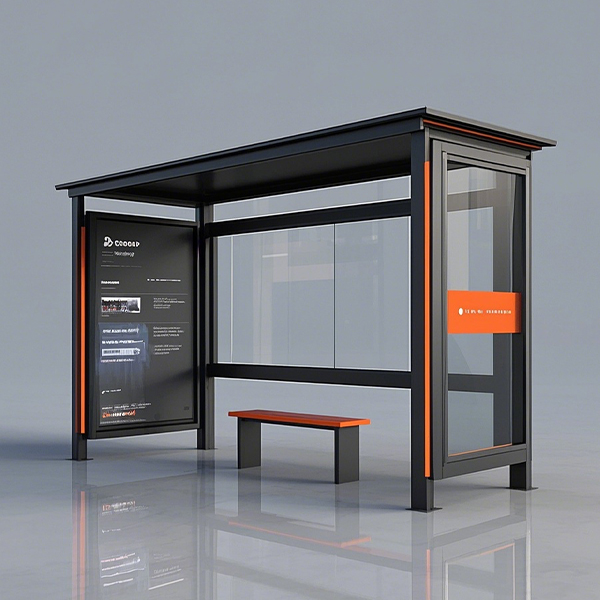
digital signage touch
This guide explores the capabilities and applications of digital signage touch screens, examining their benefits, implementation considerations, and the latest technological advancements. We'll cover everything from choosing the right hardware to optimizing content for maximum impact, helping you understand how interactive displays can transform your business communication strategies.
Understanding the Benefits of Digital Signage Touch
Enhanced User Engagement
Digital signage touch screens offer a far more engaging experience than traditional static displays. The interactive nature allows users to actively participate, leading to increased dwell time and information retention. Think about the difference between passively observing a menu board and actively exploring it with a touch. This direct interaction significantly boosts engagement rates and makes information more accessible and memorable. Studies show that interactive displays can increase engagement by up to 40%.1
Improved Information Accessibility
Digital signage touch technology makes information readily available and easily navigable. Users can browse through menus, product details, or company news at their own pace, without needing assistance. This is particularly beneficial in environments with a diverse audience or those requiring quick access to critical information, such as hospitals or airports. Furthermore, the ability to zoom in and out of images or documents improves readability for visually impaired users, enhancing overall accessibility.
Streamlined Communication
Digital signage touch offers a powerful tool for internal and external communications. Businesses can seamlessly update information, manage schedules, and share crucial announcements in real-time. This eliminates the need for printed materials, reducing costs and environmental impact. Moreover, interactive kiosks can provide self-service options for tasks such as check-in, order placement, or wayfinding, freeing up staff for other responsibilities.
Choosing the Right Digital Signage Touch Screen
Screen Size and Resolution
The ideal screen size depends on the location and intended application. For smaller spaces, a smaller screen might suffice. However, larger screens are better suited for high-traffic areas or when displaying high-resolution images or videos. Resolution is equally important; a high-resolution display ensures crisp, clear visuals, enhancing the overall user experience. Consider the viewing distance – higher resolutions are crucial for closer viewing.
Hardware and Software Compatibility
Ensure compatibility between the digital signage touch screen's hardware and your chosen content management system (CMS). Many CMS platforms offer seamless integration with various hardware brands, but it's crucial to check for compatibility before investing. Factors to consider include operating systems, connectivity options (Wi-Fi, Ethernet), and available APIs for custom integrations.
Durability and Maintenance
Choose a screen built to withstand the rigors of its environment. Look for features such as tempered glass, anti-glare coatings, and durable housings. Consider the maintenance requirements – some screens require more frequent cleaning or calibration than others. Look for solutions offering remote management capabilities to minimize downtime and simplify maintenance.
Content Creation and Management for Digital Signage Touch
Interactive Content Design
Designing effective interactive content requires careful consideration of user experience. Use intuitive navigation, clear call-to-actions, and visually appealing designs. Incorporate elements that encourage touch interaction, such as buttons, sliders, and hotspots. Testing your content with your target audience is essential to ensure its effectiveness.
Content Management Systems (CMS)
A robust CMS simplifies content creation, scheduling, and distribution. Many platforms offer features such as remote content management, real-time analytics, and user-friendly drag-and-drop interfaces. Some popular CMS platforms include (but are not limited to): ScreenCloud, Rise Vision, and Signagelive. The choice of CMS will depend on your specific needs and budget. Consider factors like scalability, integration capabilities, and support options.
Case Studies: Real-World Applications of Digital Signage Touch
Digital signage touch screens are transforming various industries. For example, retail businesses are using them to enhance customer engagement, providing interactive product displays and self-service kiosks. In the healthcare sector, interactive wayfinding kiosks improve patient navigation and provide access to important information. Educational institutions are leveraging the technology for interactive learning tools and campus information displays. These examples showcase the versatility and impact of digital signage touch in different contexts.
Conclusion
Digital signage touch screens offer a powerful and versatile solution for enhancing communication, improving engagement, and streamlining processes. By carefully considering factors such as screen size, hardware compatibility, content strategy, and the chosen CMS, businesses can harness the full potential of this innovative technology to achieve their communication goals. Consider exploring the various solutions available at Shandong Luyi Public Facilities Co., Ltd. to find the perfect digital signage touch solution for your specific needs.
1 Example Study - Replace with actual study link and citation
Соответствующая продукция
Соответствующая продукция







